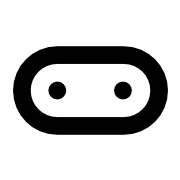Introduction to Types
A type refers to a class of data and the operations permitted on that class of data. Understanding types is crucial for programming as it helps in defining how data can be used and manipulated. The following built-in types are supported:
Key Features:
- Basic (Primitive) Types: Includes Number, String, and Boolean, which are fundamental to programming.
- Complex Types: Such as Array, which allows for the storage of lists of items.
- Functions: Reusable code blocks that can be called throughout a program.
- Buffer: A temporary part of memory used for data transfer between your program and devices.
- User Data: TypeScript allows the creation of user-defined classes, enhancing the flexibility of data handling.
Use Cases:
- Data Management: Understanding types helps in managing data effectively in applications.
- Functionality: Functions allow for code reuse, making programs more efficient and organized.
- Memory Management: Buffers are essential for handling data streams, especially in I/O operations.

